Words of wisdom and miscellaneous facts by Dr. Wysong and others.
This is an accumulation over several decades and the accuracy cannot be attested to.
Wysong vs Nemos Bible Debate
COSMOLOGY LIES AS BIG AS THE UNIVERSE
⬇️ Click to scroll down to article
"We'll know our disinformation program is complete when everything the American public believes is false."
—William Casey CIA director 1981
The bigger the lie the greater its acceptance because people cannot believe authority figures would ignore reality.
To find truth we must hate the lie more than love accepted beliefs.
Fraud vitiates everything it touches. (common law maxim) Nudd v. Burrows (1875) 91 U.S. 416.
Fraud destroys the validity of everything into which it enters. Boyce's Executors v. Grundy (1830) 28 U.S. 210.
Fraud vitiates the most solemn contracts, documents and even judgments. United States v. Throckmorton (1878) 98 JU.S. 61.70.
FORWARD
The accepted cosmogony/cosmology (origin and nature of the universe) belief is:
—William Casey CIA director 1981
The bigger the lie the greater its acceptance because people cannot believe authority figures would ignore reality.
To find truth we must hate the lie more than love accepted beliefs.
Fraud vitiates everything it touches. (common law maxim) Nudd v. Burrows (1875) 91 U.S. 416.
Fraud destroys the validity of everything into which it enters. Boyce's Executors v. Grundy (1830) 28 U.S. 210.
Fraud vitiates the most solemn contracts, documents and even judgments. United States v. Throckmorton (1878) 98 JU.S. 61.70.
FORWARD
The accepted cosmogony/cosmology (origin and nature of the universe) belief is:
A Big Bang of nothing created an infinite meaningless universe containing atomic dust that gravitationally accreted into heavenly bodies including our Earthball moving in several different directions at 2.8 million mph and holding an atmosphere next to the vacuum of space while spontaneously forming life from primeval sludge that then evolved into complicated rocks called humans with no free will.
Long ago it became clear to me that the materialistic evolutionary part of that credo was false.
But I was on board with the cosmology part. After all, we see rocket ships going to and fro, there is a "Space Force," pictures of Earth and planets abound, astronauts float around and in the International Space Station, thousands of people and billions of dollars support it, and, of course, "all" the experts believe.
To question this is to be a conspiracy theorist, misinformationist, or even a lunatic. Oh my, we must, after all, follow the crowd.
The idea that we are being lied to about space didn't even enter my mind until a few months ago when what was left of my naive and trusting innocence had been totally demolished with the COVID-19 fraud.
We, the crowd, extend our trust to institutions charged with looking after our interests. But government, Big Medicine, education, media, industry, Big Tech, science, and NASA chase money, their own security, and even power over us.
That should not inspire confidence in beliefs they create, promote, protect with censorship, and even demand acceptance of.
If we want truth, we have to find it ourselves. To do that requires the opposite of trusting in others. It means sleuthing what the powers that be try to hide from us in internet archives, banned videos, censored "disinformation," and what "fact checkers" say isn't so.
Probing into the subject I was stunned to learn that:
That means unproven beliefs, stories, and even fakery are being passed off as science and truth.
This subject may seem inconsequential to everyday life. But that's only true if we aren't being lied to about it. If the truth is being hidden from us, we can be sure of one thing, it's not being done for our benefit.
Truth seekers learn that the scale and ostentatiousness of lies being fed to us means nothing can be tacitly trusted.
Everything of importance from government, media, industry, medicine, education, economics, science, history, religion, and popular society must be assumed to be false unless we prove otherwise by doing our homework and thinking critically.
This series will provide wake-up information to help you discover lies as big as the universe.
But I was on board with the cosmology part. After all, we see rocket ships going to and fro, there is a "Space Force," pictures of Earth and planets abound, astronauts float around and in the International Space Station, thousands of people and billions of dollars support it, and, of course, "all" the experts believe.
To question this is to be a conspiracy theorist, misinformationist, or even a lunatic. Oh my, we must, after all, follow the crowd.
The idea that we are being lied to about space didn't even enter my mind until a few months ago when what was left of my naive and trusting innocence had been totally demolished with the COVID-19 fraud.
We, the crowd, extend our trust to institutions charged with looking after our interests. But government, Big Medicine, education, media, industry, Big Tech, science, and NASA chase money, their own security, and even power over us.
That should not inspire confidence in beliefs they create, promote, protect with censorship, and even demand acceptance of.
If we want truth, we have to find it ourselves. To do that requires the opposite of trusting in others. It means sleuthing what the powers that be try to hide from us in internet archives, banned videos, censored "disinformation," and what "fact checkers" say isn't so.
Probing into the subject I was stunned to learn that:
| Nobody, including any scientist, can prove any aspect of the approved cosmogony/cosmology belief using experimentation and the scientific method. |
That means unproven beliefs, stories, and even fakery are being passed off as science and truth.
This subject may seem inconsequential to everyday life. But that's only true if we aren't being lied to about it. If the truth is being hidden from us, we can be sure of one thing, it's not being done for our benefit.
Truth seekers learn that the scale and ostentatiousness of lies being fed to us means nothing can be tacitly trusted.
Everything of importance from government, media, industry, medicine, education, economics, science, history, religion, and popular society must be assumed to be false unless we prove otherwise by doing our homework and thinking critically.
This series will provide wake-up information to help you discover lies as big as the universe.
"We'll know our disinformation program is complete when everything the American public believes is false."—William Casey CIA director 1981
"We know they are lying, they know they are lying, they know we know they are lying, we know they know we know they are lying, but they are still lying."—Aleksandr Solzhenitsyn
"We know they are lying, they know they are lying, they know we know they are lying, we know they know we know they are lying, but they are still lying."—Aleksandr Solzhenitsyn
|
2/7/2019
Click to enlarge, Ctrl + to enlarge further; Ctrl 0 to return to 100%
Vast time is thought to be the solution to the improbability of life arising spontaneously by chance and then evolving into the myriad creatures on Earth.
The universe is said to be 17 billion years old, and the Earth about 4.7 billion years old. Those ages, as will be explained, are by no means absolute. They are selected from among many possible ages to give abiogenesis and evolution breathing room. The Uncertainty of Dating Methods Any dating method that takes us beyond observable history is a guess. Nobody was around for billions of years to observe and record events that could affect dating clocks. We can't know with certainty that ice at the poles has always been laid down at today's rate, that tree rings only record 365-day years, or that sediment has always accumulated at the rate we now see it accumulating. Even the sacrosanct rate of radioactive decay is not certain. In fact, cataclysms have occurred which have both accelerated and slowed clocks. That would make it impossible to extrapolate from rates observed today into the past and date anything with certainty. (See my Creation-Evolution Controversy book for a more thorough discussion of many popular dating methods and their weaknesses.)
For example, in 1991 Oxford University used the radiocarbon method to date a rock painting found in Africa and determined it to be 1,200 years old. But later a Cape Town artist identified the painting as her recent creation and explained it was stolen from her garden.
The Harvard Institute of Geophysics used the potassium-argon method to assign an age to lava of 3 billion years. But the lava was known to have formed in 1801. In another case, lava that was known to be 1,000 years old from historical records was dated at 465,000 years old. Different dating methods used for the same sample can also yield vastly disparate ages. Examples could be enumerated almost endlessly. As a rule, when there are dates that do not accord with presuppositions about how old a certain thing is expected to be, they are ignored or set aside as anomalous. Evolutionists are not alone in their bias about the age of the Earth. Archbishop James Ussher, in 1650, read the Bible and decided creation took place in 4004 BC. Dr. John Lightfoot, a professor at Cambridge University, one-upped Ussher and added more precision. He agreed that creation occurred in that year, but narrowed it down to October 23rd at 9:00 AM. These confident fellows, like evolutionists, also based conclusions on prior belief. Contrary evidence was summarily rejected. Catastrophes It is assumed that it takes millions of years to create the vast depths of sedimentary rocks in the Earth's crust. Dating these rocks would be a simple matter of measuring how much sediment is laid down today by rivers, oceans, and floods (about 0.2 millimeters per year on average), and dividing the 0.2 millimeters into the depth of the strata. This sounds reasonable enough—as long as there were no cataclysms that accelerated deposition or erosion. But scientists have now come to understand that Earth history does not always move uniformly or glacially slow. Earth has a history of catastrophes. Modern examples show the dramatic impact such events can have on geology. For example, when Mount St. Helens erupted in 1980, 18 billion cubic feet of material laid down 600 feet of sediment. Subsequently, a 100-foot deep canyon was cut. The walls of this canyon show a layering like the walls of canyons all over the world that are used to prove billions of years of history.
Vast and quick sedimentation with sudden burial is necessary for fossil formation. Otherwise, huge dinosaurs and mammoths could not get preserved as fossils. Some creatures were killed and mummified so quickly that food is still in their mouths and undigested in their stomachs. Millions of marine creatures that would normally die, be eaten, or decay are preserved as fossils. Trees are fossilized upright coursing through 40 feet of coal. But no tree could avoid disintegration while millions of years of coal were formed around it. Extremely fragile tissue such as skin, fish scales, and eyes have even been preserved. Such would demand instantaneous burial and encasement.
Fossils don't prove vast time. They prove sudden catastrophe.
A Young Universe
Evolutionists start with the presumption of vast time and select those dating methods in support. Religionists start with the presumption of a young universe and select those dating methods in support. Neither can prove their beliefs with certainty using dates.
Time is Irrelevant
Our physical reality is like a machine, and machines will not function without all elements simultaneously present. We're part of an infinite machine consisting of organs, cells, and biochemicals connected to an ecological web of millions of organisms, connected to air, water, light, and innumerable physical forces generated in a cosmic web of planets, stars, galaxies, and perhaps other universes. Such machine-like interdependency demands sudden creation. Creation would scrap the reliability of all dating methods. Sudden creation would immediately create the appearance of age. One-second old creatures could appear decades old and one-second old galaxies could appear to be billions of years old. Although the idea of sudden creation may seem ridiculous to us four- dimensionally bound creatures, in the physics of quantum reality time is irrelevant. Everything, past and future, exists simultaneously and is connected. (This mind-numbing fact is discussed more fully in a coming chapter.) The integration and codependency of all elements of our reality is an impenetrable blockade to any attempt at a step-by-step evolution, no matter how much time is granted. It also conflicts with the religious notion of creation in "day" steps. The Law of Time demolishes evolution. The more time, the more degradation and disorder. That's the opposite of what evolution needs. Moreover, degradation and disorder point backward to a winder upper. But the only sufficient winder upper would be intelligence. That's where logic and science lead and has nothing to do with religion. If you agree, disagree, have questions, or have a correction please let me know. Comment below or email me at [email protected]
Leave a Reply. Choose Any Name
Comments
|
Solving the Big Questions
SECTIONSA: SEARCHING FOR TRUTHB: ORIGINS C: THE FINGERPRINT OF MIND D: RELIGION E: THE REAL REALITY F: OUR TRUE NATURE AND DESTINY CHAPTERSIntroduction1. Rules for Finding Truth 2. Truth Is Real and Accessible 3. Origin Choices 4. The Laws of Thermodynamics 5. The Law of Information 6. The Law of Impossibility 7. The Law of Biogenesis 8. The Laws of Chemistry 9. The Law of Time 10. Fossil Problems 11. Have Humans Evolved? 12. Are We Selected Mutants? 13. Favorite Evolution Proofs 14. Why Materialism Is Believed 15. Free Will Proves Creation 16. Design 17. Biological Machines 18. Nuts, Bolts, Gears, and Rotors Prove Intelligent Design 19. Humans Defy Evolution 20. The Anthropic Universe 21. Evolution’s Impact 22. Putting Religion on the Table 23. How Religion Begins and Develops 24. Religions Cross Pollinate 25. Gods Writing Books 26. Questionable Foundations of Christianity 27. How Best to Measure Holy Books 28. The Ultimate Holy Book Test 29. Religion Unleashed 30. End(s) of the World 31. Defending Holy Books 32. Faith 33. The Source of Goodness 34. Matter is an Illusion 35. Weird Things Disprove Materialism 36. Even Weirder Things 37. Creature Testimony 38. Personal Weirdness 39. Proving Weird Things 40. Skeptics and Debunkers 41. Free Will Proves We Are Other 42. Mind Outside Matter 43. Death is a Return 44. Life After Death 45. Why There is Suffering 46. What the Creator Is and Is Not 47. Thinking’s Destination $1 Million Reward Figures |


 YouTube
YouTube Podcast
Podcast

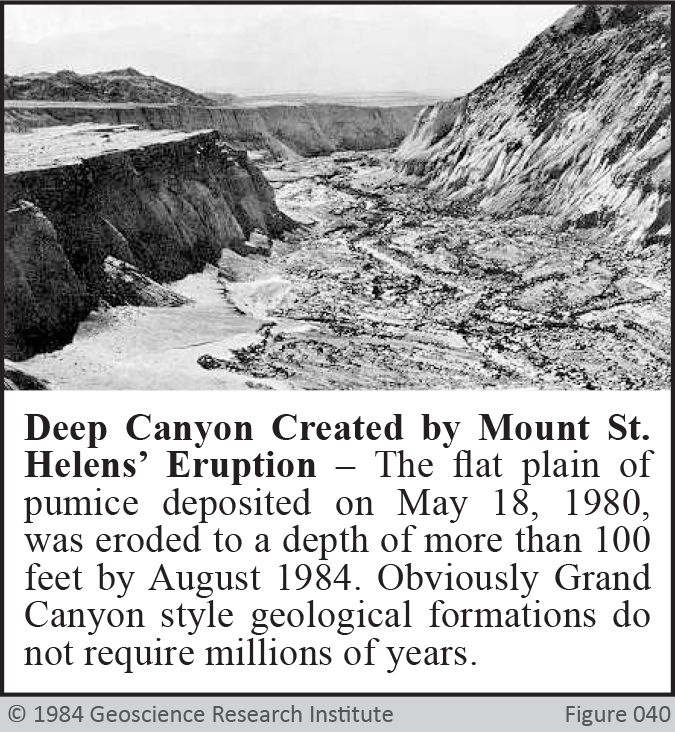
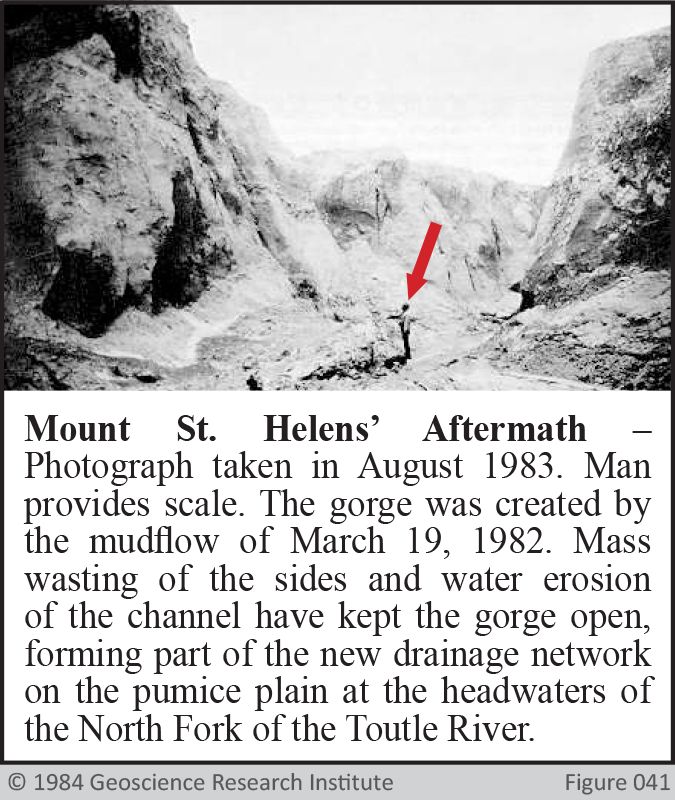
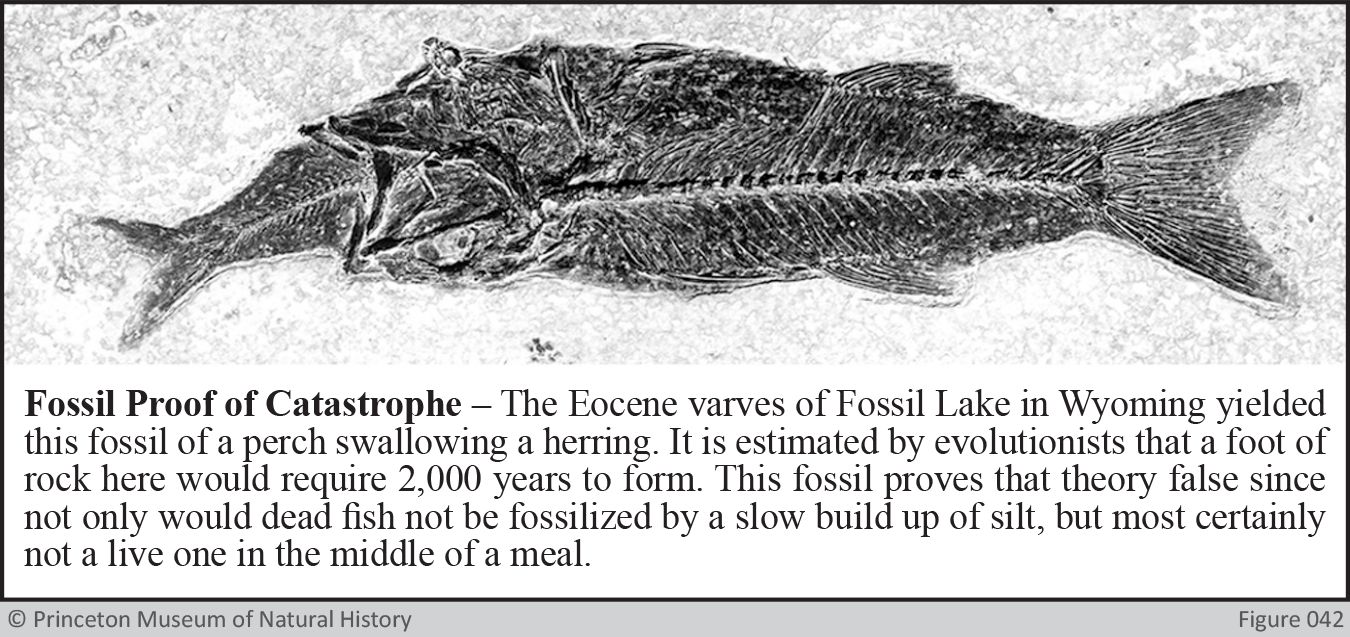
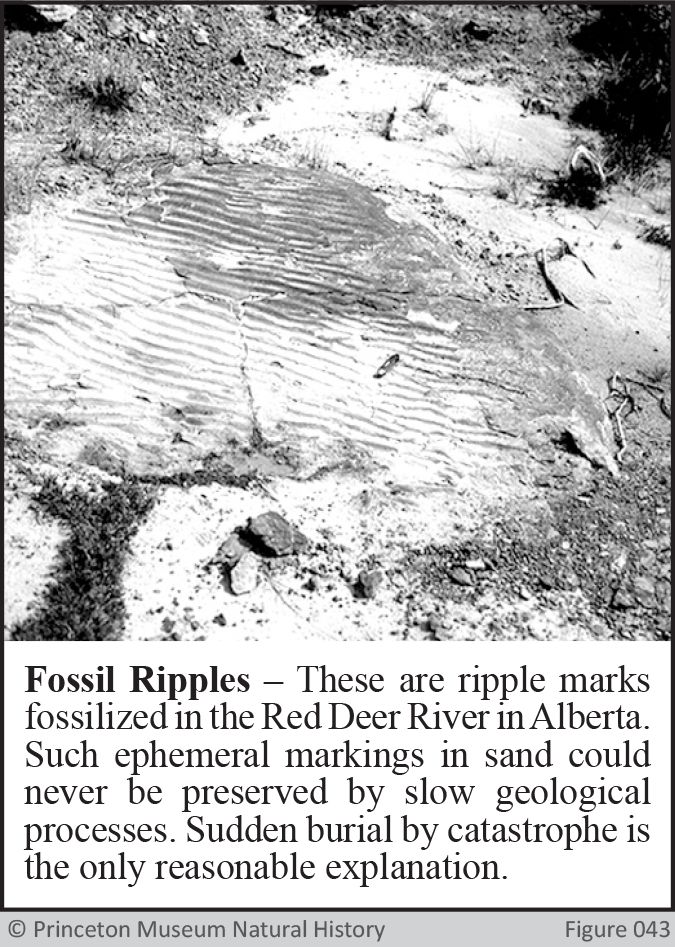
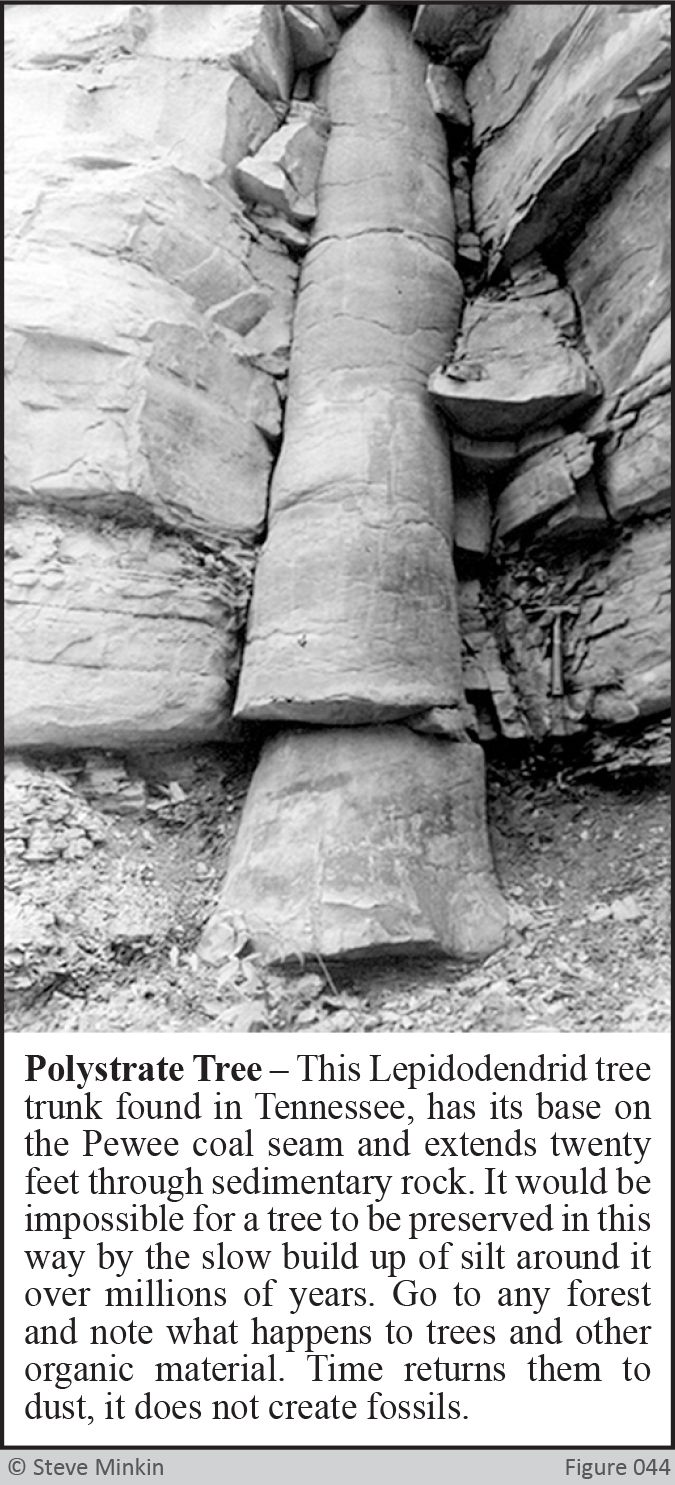
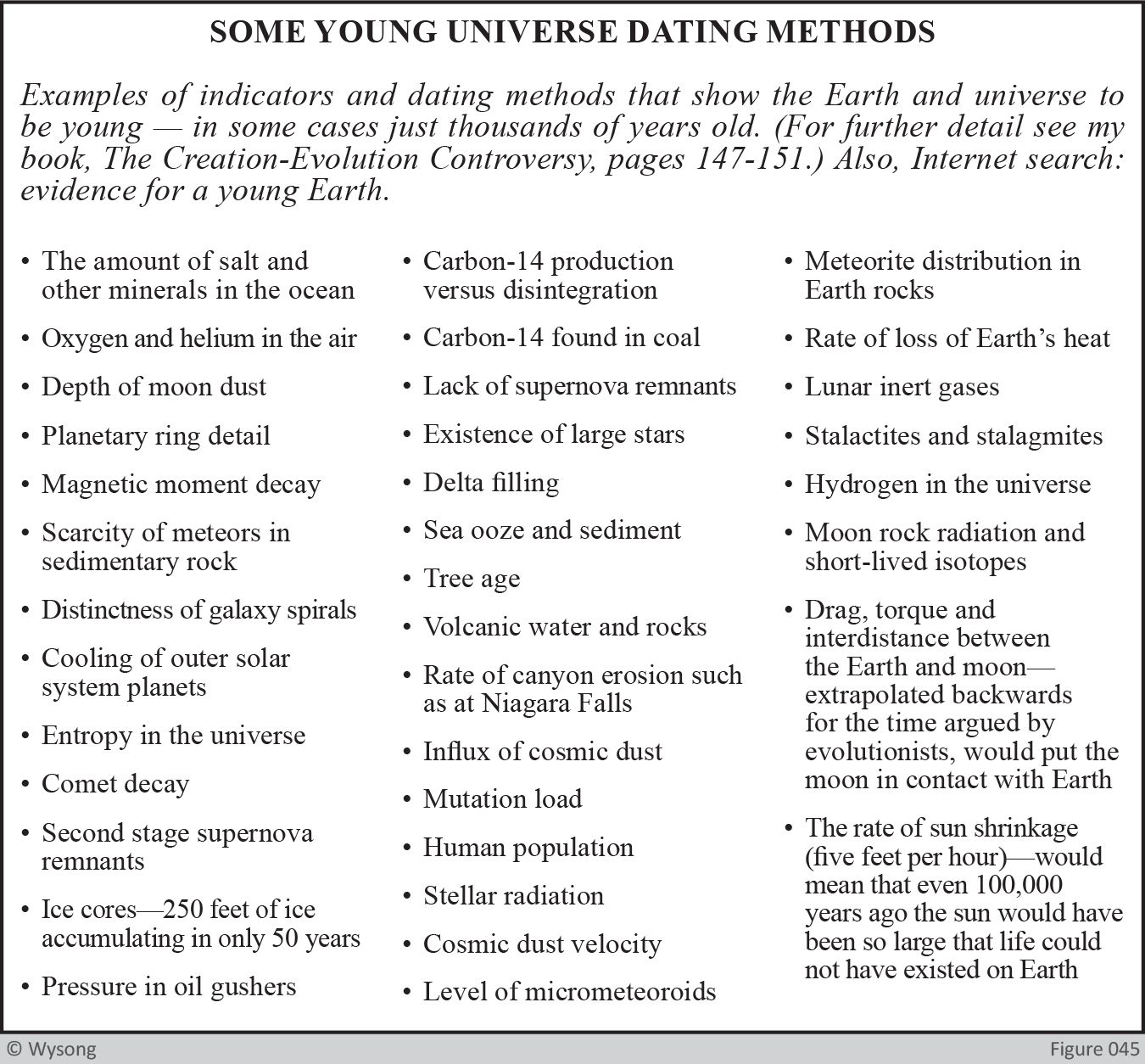
 Twitter
Twitter
0 Comments